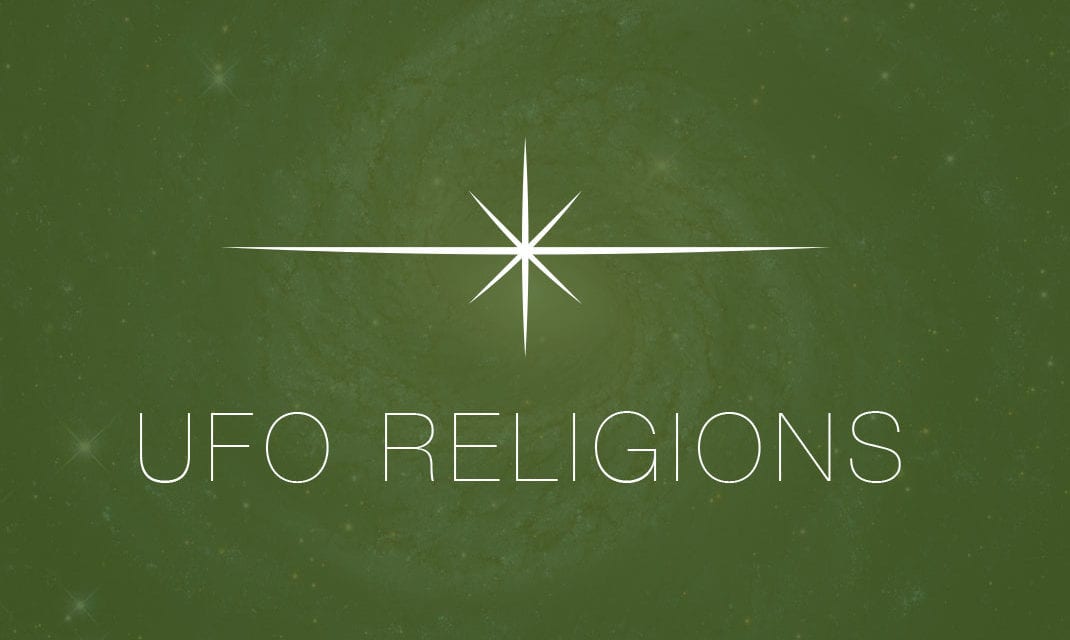Readers will find this recent (2007) scholarly article on “Paleo-SETI” / ancient astronaut beliefs of interest. Such articles are not common in academic circles. It’s 25 pages. The first half overviews the beliefs of major ancient writers (mostly von Daniken), which is predictable. The second half gets into what motivates those who espouse such beliefs. You may want to skip ahead to page 15 to the sub-heading, “Paleo-SETI philosophy or secular exo-theology?” Here are some excerpts to get you to read it:
It would demand a separate essay to analyze Erich von Dänikens own spiritual background and involvement behind his Ancient Astronaut narrations. In his early books one can still find many references to Madame Blavatsky, for example, and it is clearly not wrong to count him among the technological strand of modern esotericism.
Blavatsky? Theosophy? Where have we seen that before? . . . Hmmm . . . Oh–yeah, my blog posts on Corrado Balducci. Wow, what a coincidence.
it should be kept in mind that the Ancient Astronaut myth is always a broken myth; it is a mythic narration which is typical of the fantastic literary genres of modernity: narratives where the supernatural is always explained explained away in rational terms. In the same style
as modern fantasy literatures rational, immanent explanations of mysterious places, ghosts and paranormal events, the Ancient Astronaut narrations always come up with a rational, immanent (though space alien) and technological explanation of mysterious architecture, alleged gods, sacred scriptures and visions. How, then, does a socially organized new religion cope with such a modern broken myth?
I think this last excerpt says a lot about why people make ancient astronauts their new faith (my emphasis added):
To many of our contemporaries, at least, the mysterious conspiracy story about Ancient Astronaut gods seems to appear more plausible and understandable than traditional religious interpretations of the texts and much more plausible and understandable than straightforward academic scientific interpretations. The Ancient Astronaut narrations knit our specific late-modern mode of being-in-the-world together with lay-peoples attempt at a new search for the fundamental truth of myth: they still want to believe, and they find it plausible that a pre-astronautic truth is somewhere out there, yet to be discovered by mainstream society. The
self-evident technological possibilities of our age (and much more beyond that) are projected back into a remote past, and the result is a shining mirror of us, and of our time.




